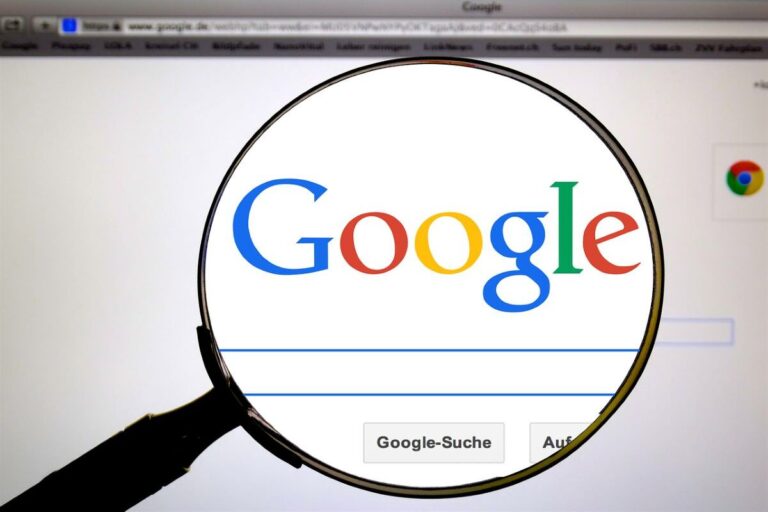Because it blends science and psychology, search intent is an intriguing riddle to solve. It’s how Google interprets what customers say into what they want, then links them to your content. Assessing intent requires far more spirit than just matching terms.
The word “search intent” refers to the goal of an online search (also known as “user intent” or “audience intent”). It is the motivation behind a certain search. Users enjoy a positive user experience, brands gain exposure, and Google makes money from advertising whenever the cycle finds an ideal balance. However, the value of the digital chain gets disrupted when the relationship loses equilibrium.
Types of Search Intent
The SEO community accepts the following search intent categories:
1. Informational
When they wish to find out more information about a subject, they employ keywords with an informational search intent. They can inquire about the meaning of cloud computing or the number of tablespoons in a cup.
Alternatively, they could inquire about more complicated matters like “what is SEO?” or “why is brand reputation important?”
Consider the very last time you conducted research on a novel topic. Most likely, you weren’t immediately sure what to ask and where to start. As a result, you embarked on a learning adventure, and as you explored deeper, you found new topics to investigate.
2. Commercial
Some people use the internet to study products they plan to purchase in the near future. Which washer would be the best? What SEO plugin is most beneficial? Although they also have the intention to transact, these individuals need more study and convincing. These kinds of search objectives are typically referred to as commercial investigating objectives.
3. Transactional
Many individuals shop online and search the internet for the best deals. When someone is looking to make a purchase right away, they are browsing with transactional intent. It indicates that they frequently already have a clear idea of what they want to purchase and are simply want to go to the product page right soon.
4. Navigational
Navigational search intent is the fourth category. People who conduct navigational searches intend to visit a certain website, web page, or physical location.
Brand-related navigational queries have a high likelihood of leading to a purchase. As a result, you must pay close attention to the other content appearing on Google’s first page when users search for your brand name. Unfavorable news reports, unfavorable customer reviews, rival content, or websites that are not associated with your business can hijack your messaging and alienate devoted customers.
Search Intent Optimization
We cannot simply display a product page to those who are browsing for information. at least not right away. Most likely, you’ll frighten them away.
However, if a potential customer is looking to purchase your product and finds one of your longer blog pieces, you risk losing them. In this scenario, you want to direct them to the appropriate product page in your shop.
It makes sense to optimize product pages for keywords with a strong commercial intent. If you sell vitamins and supplements for dogs, you might optimize a product category page using the search term “purchase dog vitamins.” Perhaps you’ve written a piece about giving vitamins. That post might be targeted at readers looking for information by being optimized for the search term “what vitamins my dog needs.”
SEO Search Intent
Refers to aligning a website’s content with users’ search intent to improve the website’s search engine rankings and drive more relevant traffic. Search engines aim to deliver the most relevant and helpful results to users, and understanding and optimizing for search intent is a crucial part of this process.
When optimizing for SEO, you should consider what users look for when they enter a search query and ensure that your website provides the information or experience they seek. It involves creating high-quality, relevant content that matches the type of search intent (informational, navigational, transactional, or commercial investigation) behind a particular query and organizing that content in a way that makes it easy for search engines to understand.
By optimizing for SEO search intent, you can ensure that your website appears in search results for queries that are relevant to your business and attract more qualified, engaged visitors who are likely to convert into customers.



